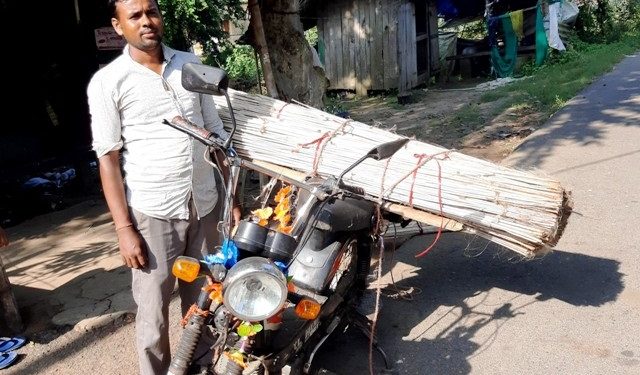Aradi: It has been a tradition for Odias to burn bundles of jute sticks, locally known as ‘kaunria’ sticks to invoke their forefathers on the occasion of Diwali.
But the tradition is slowly losing its sheen as the jute sticks are no longer available as abundantly as they used to be a few years ago.
Once upon a time, jute was widely grown in Aradi and its nearby areas in Bhadrak district. These days jute cultivation is next to nothing. When asked what has made the farmers to turn away from growing jute, some farmers here attributed it to decrease in demand.
On the occasion of Diwali, jute sticks are in huge demand. For last couple of years, these sticks are not available here. Traders have been selling these sticks after procuring from somewhere else. A bundle of four to five sticks is selling for Rs 10.
According to nonagenarian Duryodhan Biswal and lecturer Dillip Mohanty, ‘kaunria’ stick is a sign of piousness. Due to lack of marketing facilities, the farmers have lost their interest in jute farming and this adversely affected our tradition, added the duo.
After harvesting of jute, sticks that stay back in the farms are used in the Diwali as ‘kaunria kathi’ and ‘pimpeaikhadi’ in Bhadrak.
The eco-friendly jute bags, gunnysacks and mats are made out of jute fibre. Jute fibre comes from the stem and ribbon (outer skin) of the jute plants. The fibres are first extracted by a process called retting.
Retting consists of bundling stems together and immersing them in slow running water. After retting, the non-fibrous material is scraped off and workers pull the crucial fibres from the jute stem.
Jute cultivation is a labourious job as no machinery is used in jute harvesting. The farmers are increasingly losing interest in jute farming because of lack of profitability and insufficient marketing facilities. Lack of government support is also another big dampener for the farmers.






































